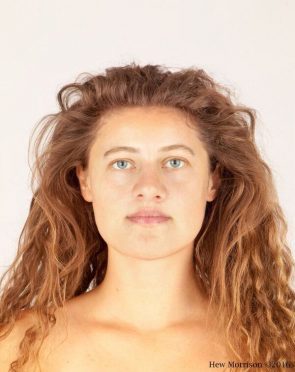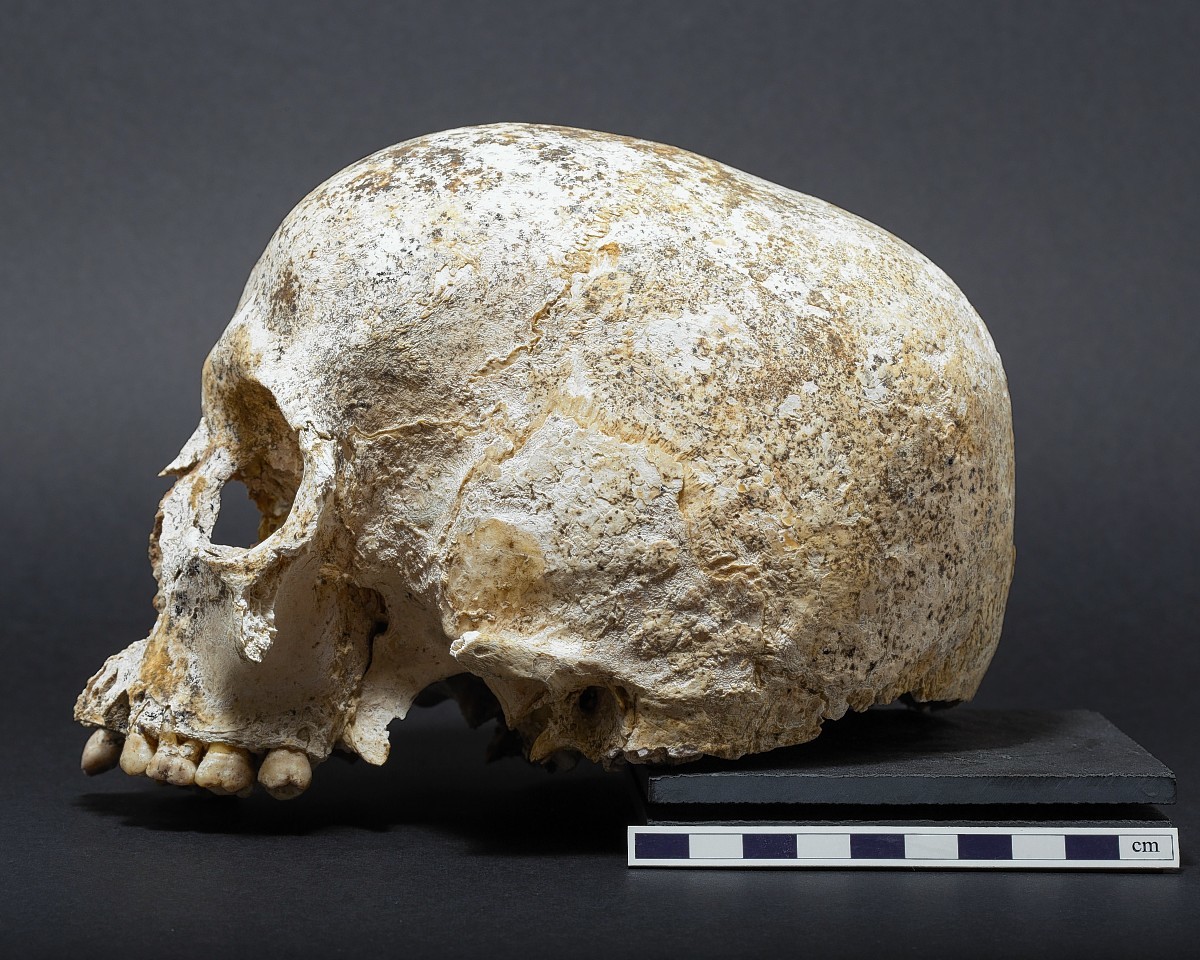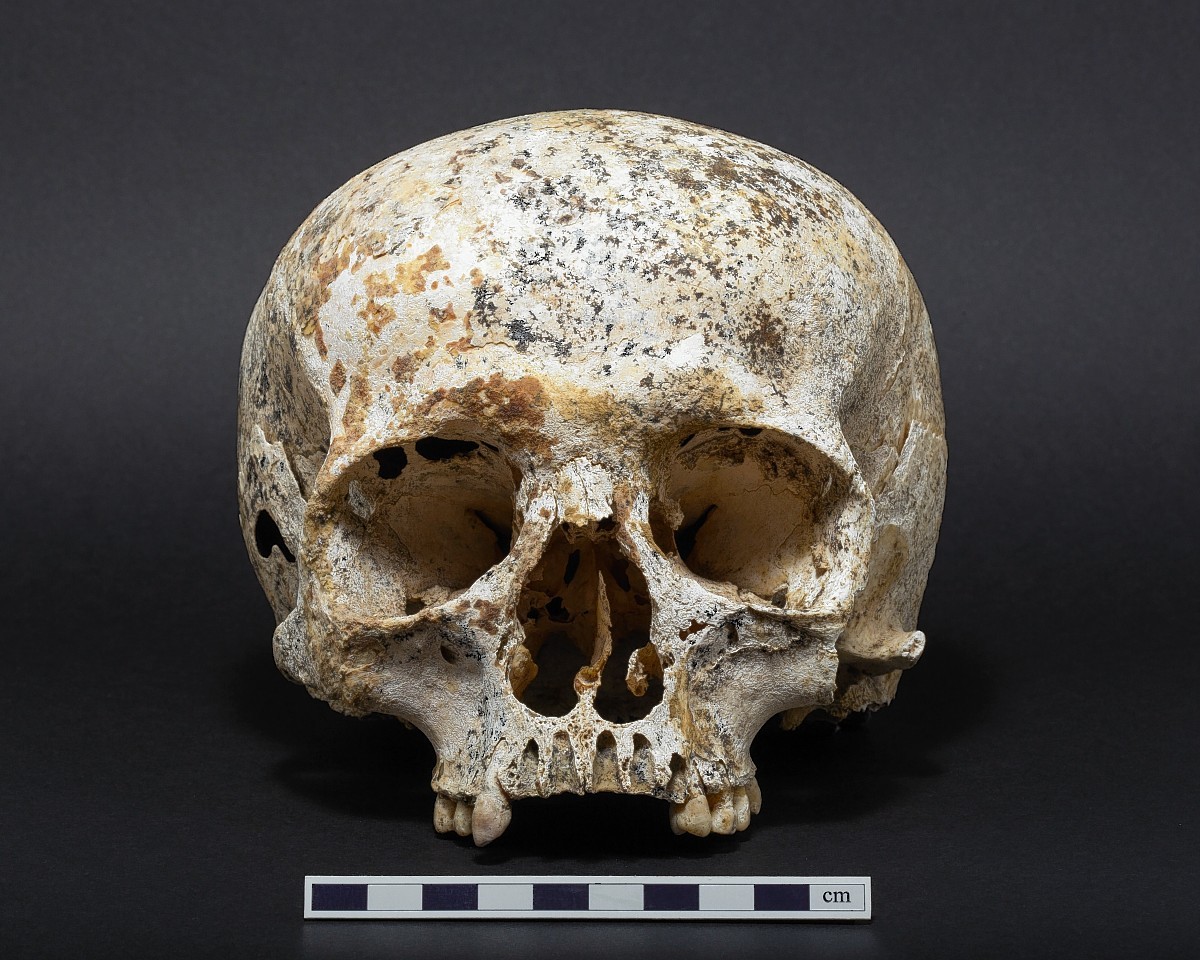A facial reconstruction has been made of a young woman who died in the Highlands more than 3,700 years ago.
The young woman’s skull, teeth and other bones were discovered at Achavanich in Caithness in 1987.
Archaeologist Maya Hoole launched a long-term research project into the woman, who became known as “Ava”, an abbreviation of Achavanich.
Forensic artist Hew Morrison, from Inverness, created the reconstruction of the way the 18 to 22-year-old might have looked.
Ava’s remains, along with other artefacts found with her, are held in the care of Caithness Horizons museum in Thurso.
It is believed that she was part of a much wider European group known as the Beaker people, who had short and round skull shapes.
Mr Morrison, a graduate of Dundee University’s Forensic Art MSc programme, specialises in creating facial reconstructions.
He created it by rebuilding the layers of muscle and tissue over the face, and used a formula to calculate the shape of Ava’s missing lower jaw, and also the depth of her skin.
Mr Morrison said: “The size of the lips can be determined by measuring the enamel of the teeth and the width of the mouth from the position of the teeth.”
He added: “Normally, when working on a live, unidentified person’s case not so much detail would be given to skin tone, eye or hair colour and hair style as none of these elements can be determined from the anatomy of the skull.
“So, creating a facial reconstruction based on archaeological remains is somewhat different in that a greater amount of artistic license can be allowed.”
“I have really appreciated the chance to recreate the face of someone from ancient Britain.
“Being able to look at the faces of individuals from the past can give us a great opportunity to identify with our own ancient ancestors.”
Ms Hoole said: “When I started this project I had no idea what path it would take, but I have been approached by so many enthusiastic and talented individuals – like Hew – who are making the research a reality.
“I’m very grateful to everyone who has invested in the project and I hope we can continue to reveal more about her life.”


